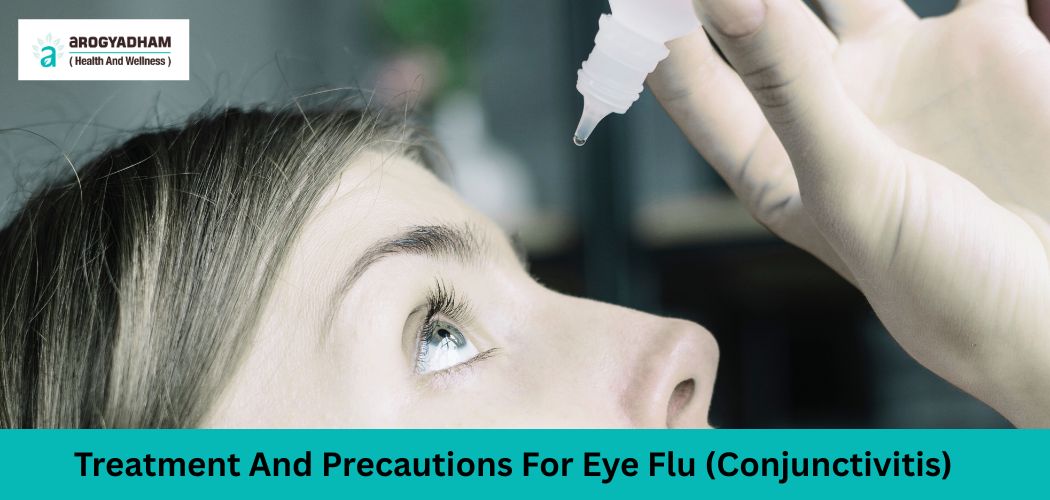Natural Ways to Manage Phimosis with Ayurveda
- Home
- /
- Sexual Diseases
- /
- Natural Ways to Manage...

Understanding Phimosis and Its Effects
Phimosis, a condition characterised by the inability to retract the foreskin from around the tip of the penis, is commonly observed in uncircumcised baby boys. While it typically resolves on its own by the age of 3, persistent tight foreskin can lead to complications such as penis infections, difficulties in urination, and discomfort during sexual intercourse. The tension and tightness during erections can even be mistaken for erectile dysfunction.

Ayurvedic treatment for phimosis focuses on natural remedies and holistic approaches to improve the condition without surgery. Ayurvedic therapies may include the application of herbal ayurvedic oil for phimosis and ointments, which help to soften the foreskin and improve its elasticity, making it easier to retract. Additionally, specific herbal formulations and gentle massage techniques promote circulation and reduce inflammation. These treatments aim to alleviate symptoms and improve foreskin mobility safely and effectively. Consultation with an Ayurvedic practitioner is essential to develop a personalised phimosis ayurvedic treatment plan based on individual needs and the severity of the condition.
There are Two Primary Types of Phimosis
1. Physiological Phimosis
Physiological phimosis is a normal developmental stage, particularly in infants and young boys. It occurs when the foreskin is naturally tight and difficult to retract, especially during the early years of life. This condition is generally benign and often resolves independently as the child ages. By the age of 3, many boys naturally outgrow physiological phimosis, and the foreskin becomes more flexible, allowing for easy retraction.
2. Pathological Phimosis
On the other hand, pathological phimosis is a more concerning condition, as specific diseases or underlying issues cause it. Unlike physiological phimosis, pathological phimosis persists beyond the typical developmental stages. This type of phimosis can be linked to factors such as infections, inflammation, or scarring of the foreskin. In some cases, repeated infections or inflammatory conditions can lead to the formation of scar tissue, causing the foreskin to become tighter and less flexible.
Identifying Symptoms of Phimosis
The primary symptom of both physiological and pathological phimosis is the tightness of the foreskin, making it challenging to retract. This tightness can be evident both when the penis is flaccid and erect. During an erection, the tension and inflexibility of the foreskin may result in pain, discomfort, or a feeling of tightness. In severe cases, this may even lead to a loss of erection, impacting sexual function.
Complications – Balanoposthitis and Balanitis:
Complications that can arise with phimosis include balanoposthitis and balanitis. Balanoposthitis refers to the inflammation of both the glans (head of the penis) and the foreskin, often accompanied by redness, swelling, and discomfort. Balanitis involves the inflammation of the glans, causing similar symptoms. These conditions can further worsen the tightness of the foreskin, creating a cycle of discomfort and potential complications.

Management and Treatment for Phimosis
Physiological phimosis often resolves on its own with time, but pathological phimosis requires intervention. Ayurvedic practices offer a holistic approach to address both types of phimosis. Treatment may involve herbal medications, external applications, dietary modifications, and lifestyle changes to promote healing, reduce inflammation, and improve the flexibility of the foreskin.
Causes of Phimosis
Understanding the causes of phimosis is crucial for effective treatment. Physiological phimosis is a normal developmental stage, but pathological phimosis can be linked to infections, inflammation, or scarring.
Precautions for Phimosis
While awaiting treatment, individuals with phimosis should maintain good hygiene to reduce the risk of infections. Avoiding harsh soaps and thoroughly cleaning the genital area can help manage symptoms.
Ayurvedic Treatment for Phimosis
Ayurvedic practices offer a holistic approach to treating tight foreskin. Diagnosis and evaluation are essential for tailoring an effective treatment plan. Ayurveda emphasizes natural remedies, herbal formulations, and lifestyle modifications for long-lasting results.

Cure in Ayurveda
Ayurvedic treatment for phimosis involves a combination of internal medicines and external applications. Herbal formulations with anti-inflammatory and healing properties are often prescribed. Additionally, lifestyle recommendations, including dietary changes and specific exercises, play a crucial role in healing.
Key Takeaway:
- Phimosis, the inability to retract the foreskin, can lead to issues like infections, painful erections, and mistaken identity as erectile dysfunction.
- Ayurvedic practices, led by experts like Dr Rakesh Aggarwal, offer an effective non-surgical solution for tight foreskin.
- Timely diagnosis and consultation are crucial for a hassle-free Ayurvedic treatment experience.
- Phimosis, common in uncircumcised baby boys, may persist, causing problems like infections and painful erections.
Dr. Rakesh Aggarwal—Ayurvedic Expert: It is highly recommended that you consult with a reputed sexologist like Dr Rakesh Aggarwal, who specialises in Ayurvedic treatment for phimosis. Dr. Aggarwal’s expertise ensures a comprehensive and personalised approach to addressing the root cause of the condition.
Also Read – Low Sex Desire Or Decreased Sex Drive Treatment
Appointment for Consultation:
For a hassle-free experience and personalised guidance, you must schedule a consultation with Dr. Rakesh Aggarwal at Arogyadham Health & Wellness. This step allows for a thorough examination, proper diagnosis, and a customised treatment plan.
In conclusion, phimosis is a manageable condition, and Ayurvedic treatment provides a natural and effective approach to alleviate symptoms. With the right precautions, causes identified, and Ayurvedic interventions, individuals can find relief and restore normal functionality. Embracing a holistic approach to health is key to achieving lasting results in the treatment of tight foreskin.
Ready to Heal Naturally?

Share With












